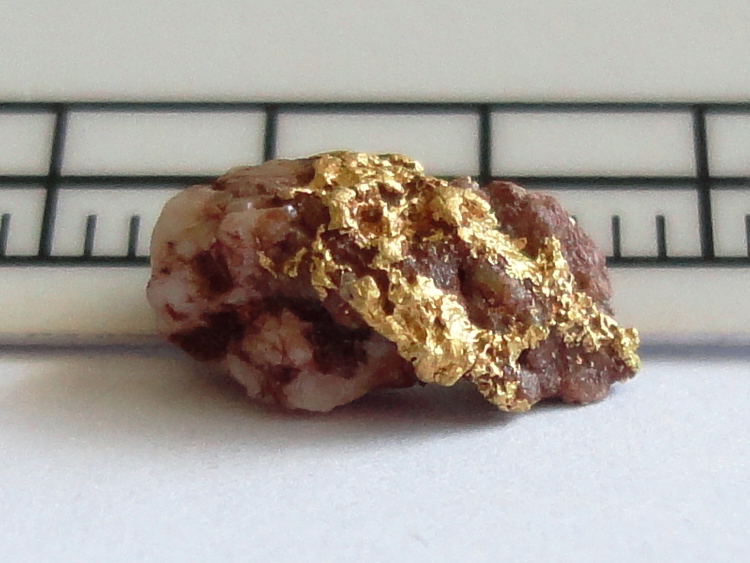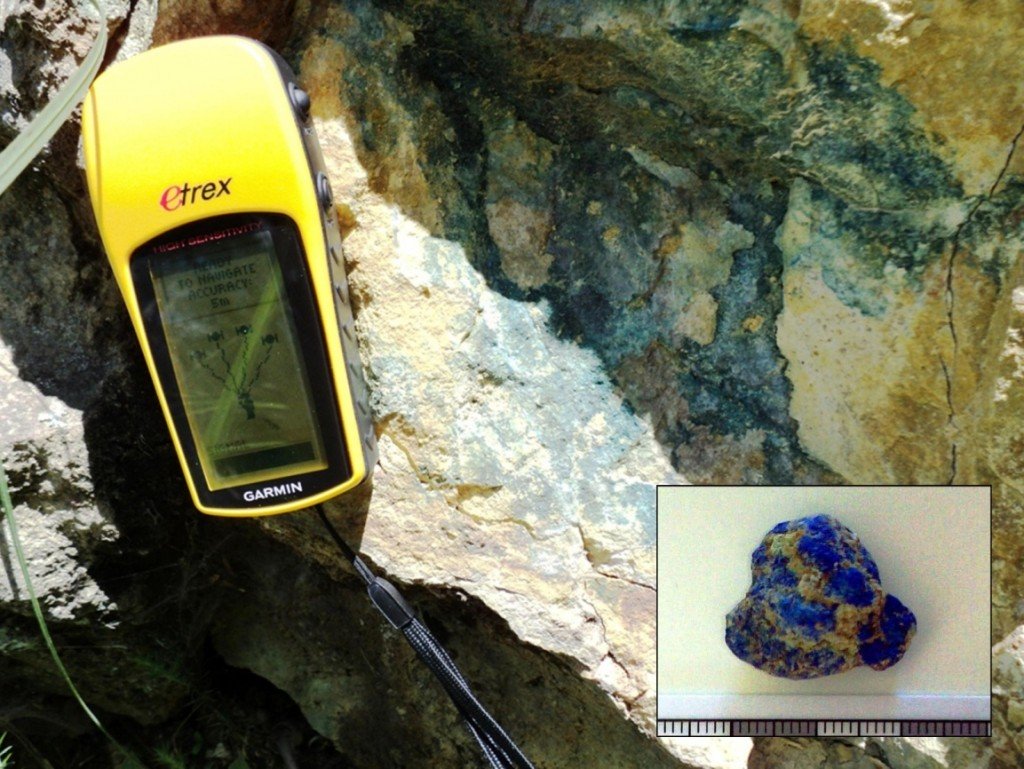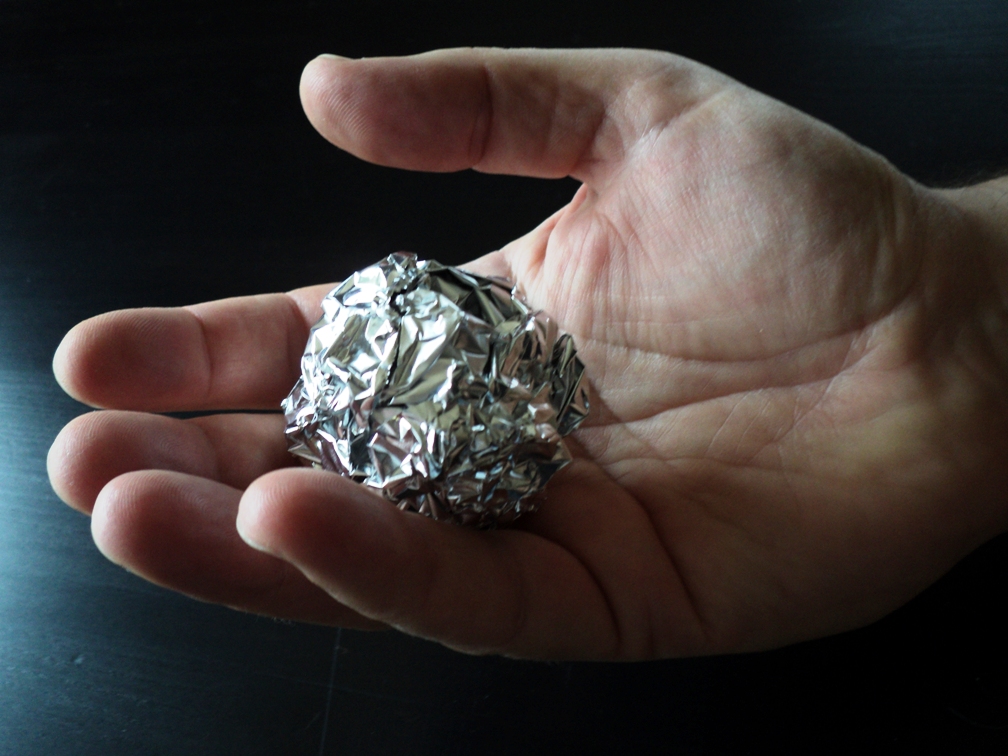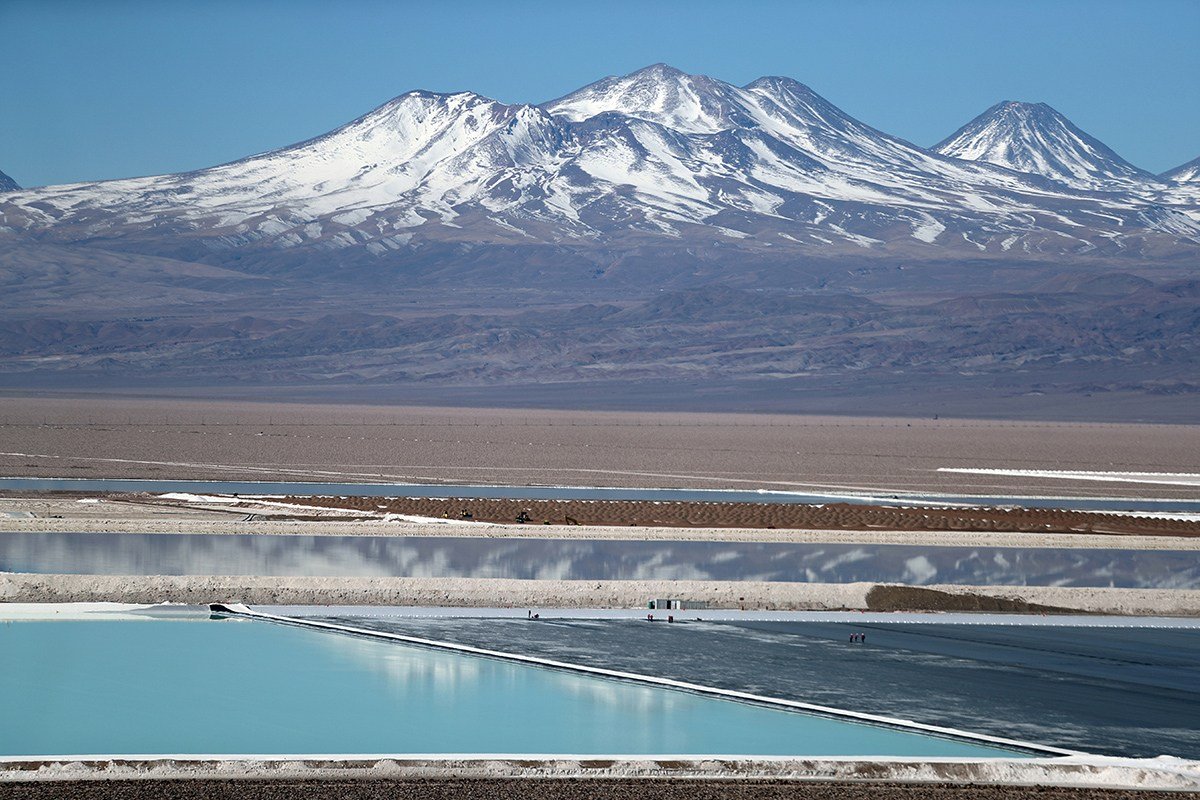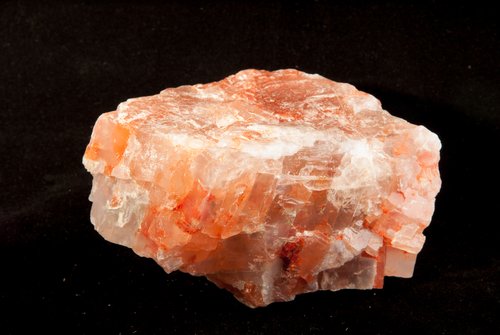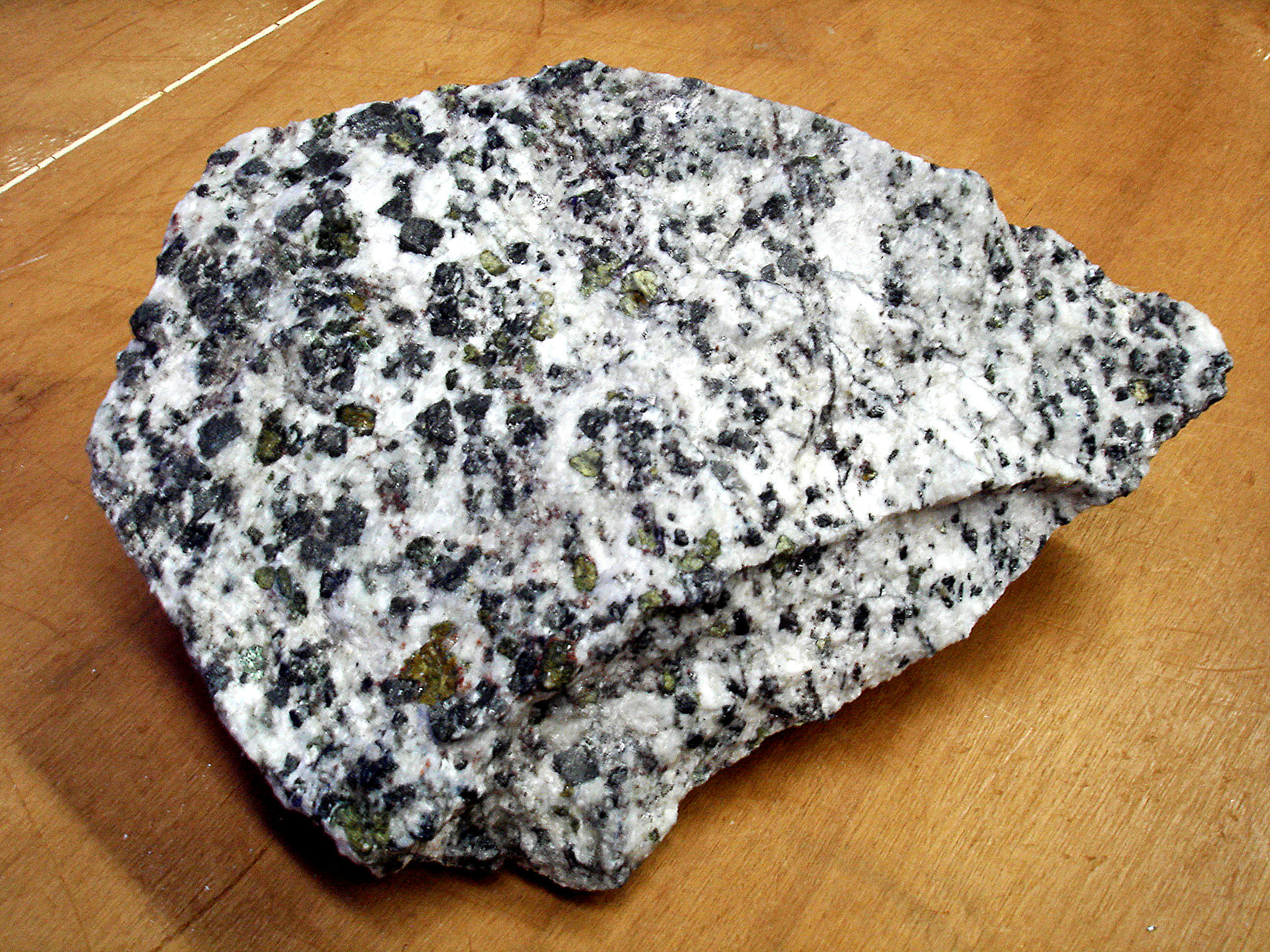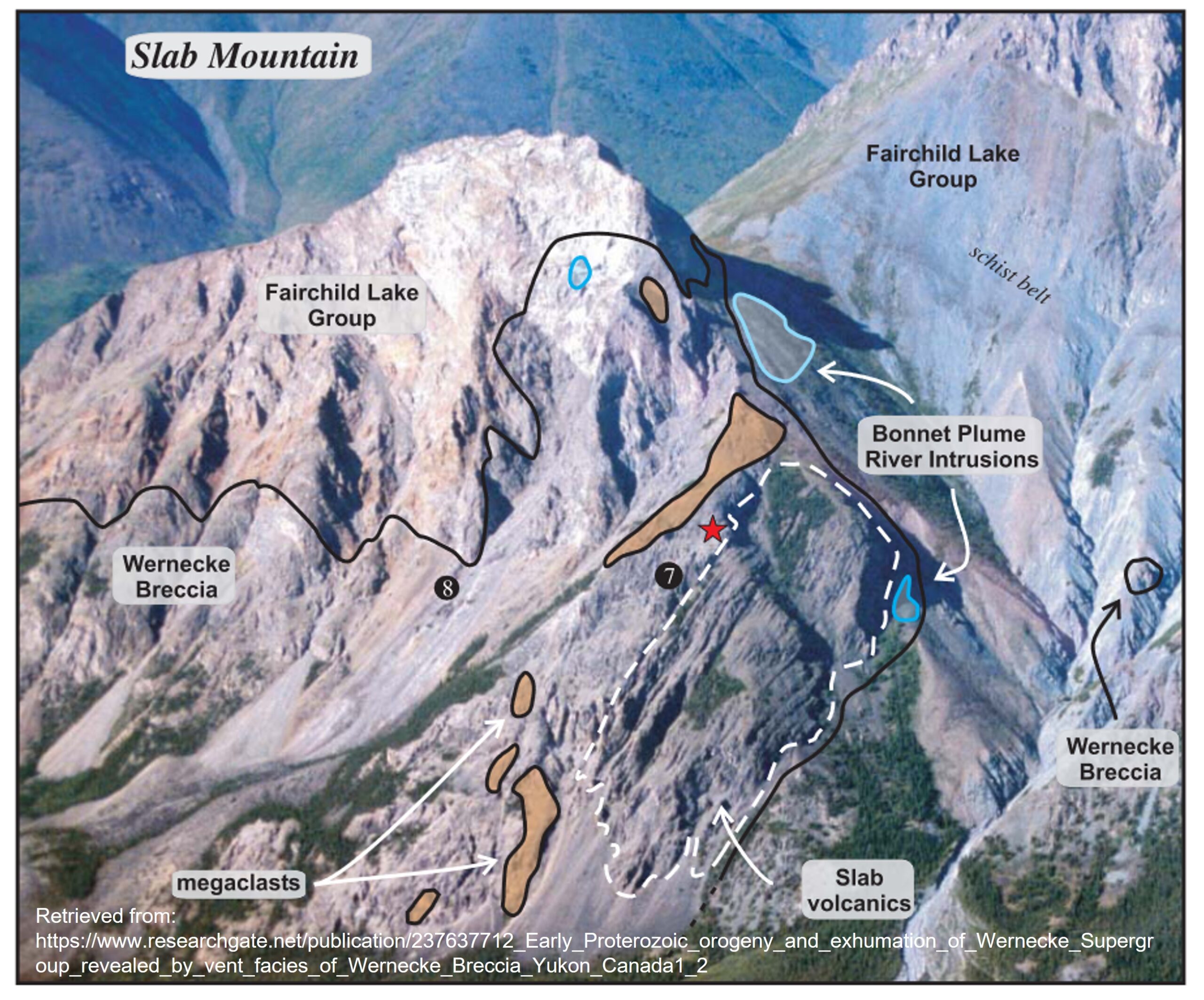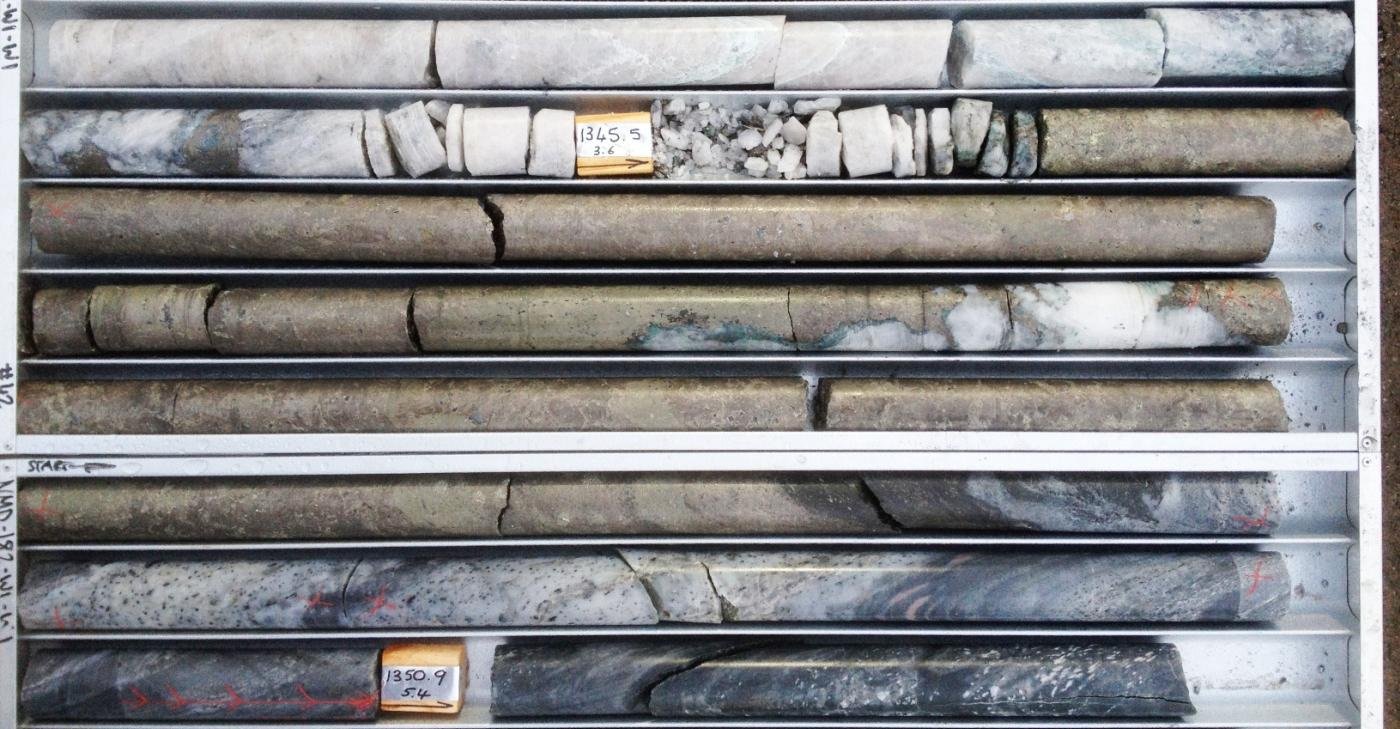If you ask the proverbial ‘person on the street’ what they think of mining and mineral exploration, the obvious response is the metallic minerals – gold & silver, the massive mines at Butte, or Highland Valley and the spectacular gold ore of Red Lake. However, just as important are the basic industrial minerals which are so common that they are almost invisible in our daily lives. The USGS in their most recent report (2015) lists over 40 basic non-metallic bulk commodities from arsenic to zirconium. While less attention grabbing than the flashier metallic commodities these bulk commodities have been the target for exploration and are key to modern life. This article provides a brief overview of some of the more common non-metallic bulk commodities
Salt – Ubiquitous from food to sidewalks to flux, and has been mined since a time immemorial. Major industrial production is first seen at Halstatt (“Salt City”) in Austria over 3000 years ago. Most salt is now produced from giant evaporite beds deep underground where it is mined in thousands of tonnes.
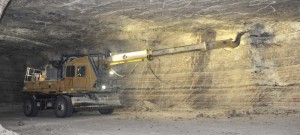
Zeolites – A form of hydrated aluminosilicate, these minerals have the property of absorbing water which makes them very useful for odor control (kitty litter) and as filters (water and air). They are also ingredients for cement, and animal feed. The primary source of these minerals are quarries in altered volcanic tuffs.
Silica – Another commodity that has been used since time immemorial, initially for tool making, then as glass, then as ferrosilica for smelting applications in steel and aluminum industries. Since the high tech revolution there is a demand for high purity silica (99.99% pure) for many technological uses, and most recently has become a key mineral in the oil industry as “Frac Sand”. The sources of silica are high purity quartz sandstones and their metamorphic equivalents, such as quartzites.

Barite – Barite is heavy mineral, the primary use is as weighting agent in fluids used for oil and gas exploration to prevent blowouts. It occurs in wide variety of styles from hydrothermal deposits, to an accessory mineral in lead-zinc deposits and finally as a weathering product of carbonate rocks.
Clays – A catch all term for fine grained unconsolidated material (shale would be the hard rock equivalent). Common clay minerals are bentonite and kaolin, while “Fullers earth” and “Fire Clay” are composites consisting of many different species of clay. Clays have a very wide range of uses from absorbents, ceramics, “driller’s muds” (lubricants) to the paper industry. Complex composite clays are produced by the weathering of igneous rocks in warm environments, while bentonite is from the weathering of volcanic ash.
Gypsum – A water rich calcium sulfate (anhydrite is the waterless equivalent). A key part of modern construction 90% of mined gypsum goes into wallboard. Gypsum is an evaporite like salt and in many cases they co-occur in the same region.
Aggregate – A general term for a well sorted sand and gravel mixture. Used as roadbed, cement, filtration and in asphalt. Though theoretically everywhere, in practice “clean” aggregate (with very little or no soil or clay) is restricted to river environments and especially the outwash plains left by retreating glaciers.
Feldspar – A catch-all term describing a wide variety of rock forming minerals. Feldspars are used in glass, ceramics and as part of fiberglass insulation. They are quarried from pegmatites, granites and feldspathic sands.
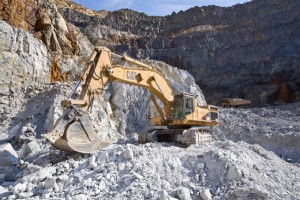
Talc – Is a mineral formed by the alteration of ultramafic (rich in iron and magnesium) rocks. Since it is the definition of soft (1 on the Moh’s hardness scale) and repels water, it has a wide variety of uses in paint, cosmetics, plastics and paper. As “soapstone” it is a well know carving medium. Since it is a metamorphic mineral it is common in mountain belts like the Alps and metamorphic terrains such as the Precambrian shield of North America.
These are just a few of the basic bulk commodities that come from the ground that fuel modern life. One of the key take-aways is that we’re always learning how to do more with the same material, and you never know what’s going to be the next great “gold rush”.

